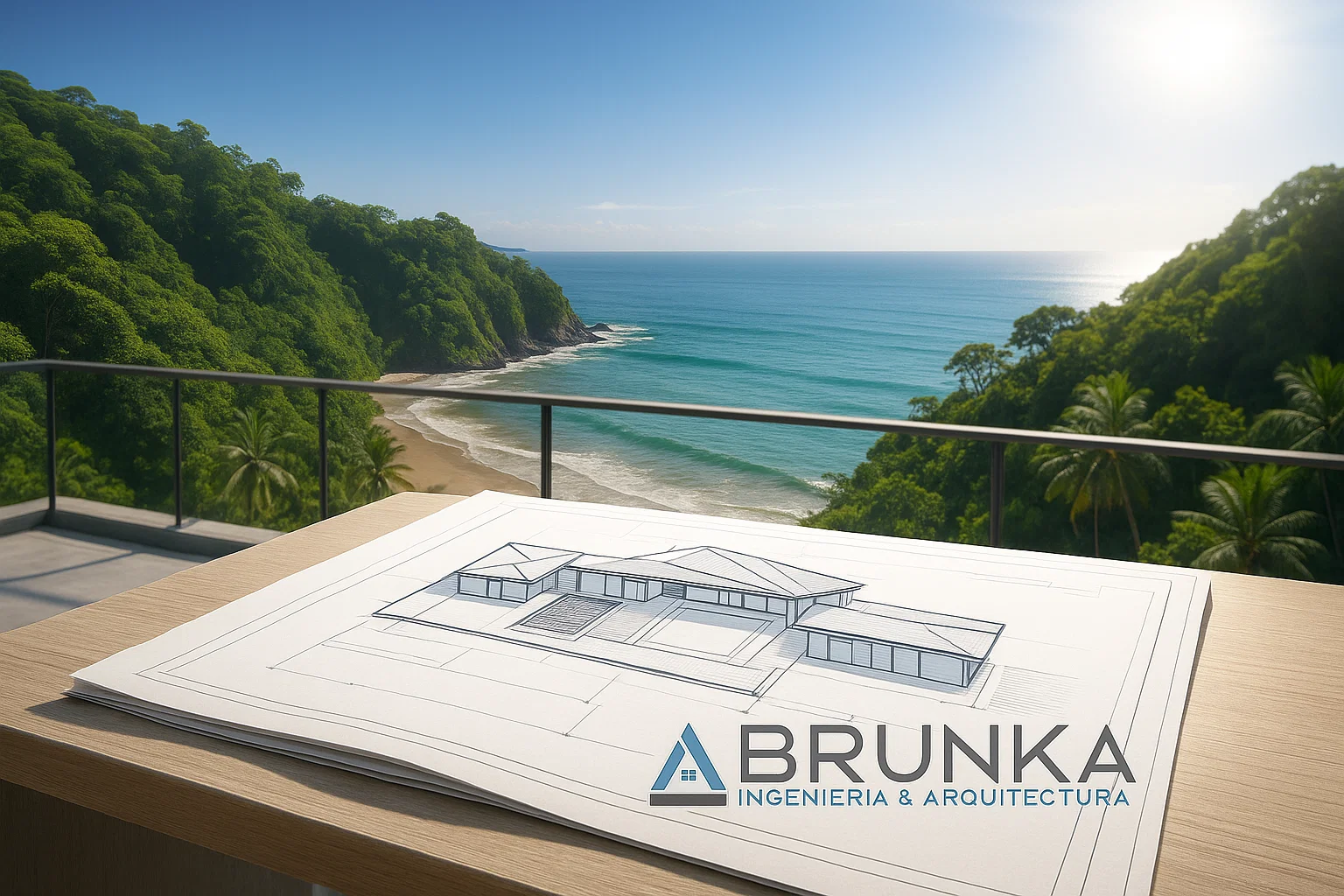
How to Design a Home in Costa Rica: A Guide for Foreign Investors
Designing a home in Costa Rica is an exciting opportunity for foreign investors looking to create a tropical retreat, retirement haven, or income-generating property. However, designing and building in a foreign country brings unique challenges that require local expertise and careful planning. This comprehensive guide will walk you through every major step of the design process so you can turn your vision into reality—with confidence.
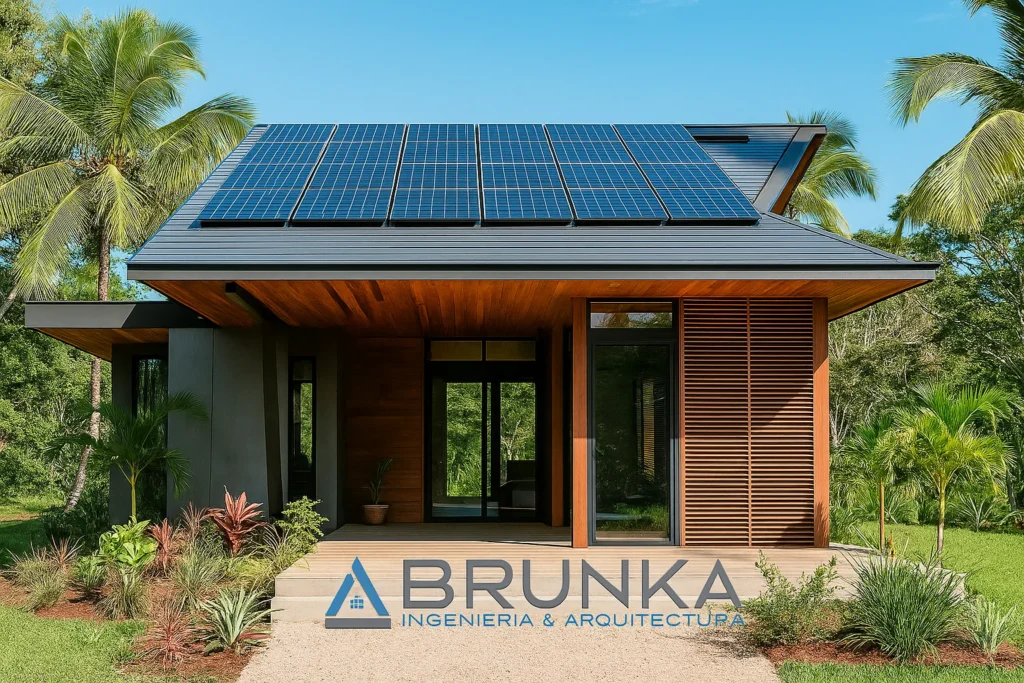
1. Understand Local Zoning and Building Regulations
Before starting any architectural design, it’s essential to understand Costa Rica’s zoning laws, construction codes, and municipal permitting requirements. Property use is governed by each municipality (municipalidad), and land use (uso de suelo) dictates whether you can build a residential, commercial, or mixed-use structure. Coastal or environmentally sensitive properties may be subject to additional restrictions or require permits from government entities like SETENA or INVU.
Engaging a licensed Costa Rican architect and engineer ensures your design complies with these rules from the outset, avoiding costly delays or legal issues later.
2. Choose the Right Location and Topography
Site selection is critical to the design process. Factors like ocean or mountain views, elevation, soil stability, and access to utilities will impact the architectural possibilities and cost. Steep terrain may require advanced structural engineering or retaining walls, while low-lying areas may need drainage solutions to prevent flooding during Costa Rica’s rainy season.
Our architecture team performs site analysis to assess how sunlight, wind, and rainfall affect the land. This allows us to optimize the home’s orientation for natural ventilation, energy efficiency, and stunning views—all tailored to your goals.
3. Define Your Lifestyle and Project Objectives
Are you building a vacation rental, a family compound, or a retirement home? Your project’s intent will shape the layout, amenities, and construction materials. For example, rental properties may benefit from lock-off suites, high-durability finishes, and separate guest entrances. In contrast, private residences might prioritize open-plan living, outdoor kitchens, or infinity-edge pools.
We work closely with foreign clients to create concept designs that balance style, functionality, and future resale value. Every design is custom-tailored to your lifestyle, climate considerations, and long-term investment strategy.
4. Collaborate with Local Architects and Engineers
Foreign investors must hire locally certified professionals to submit plans to the Colegio Federado de Ingenieros y de Arquitectos (CFIA). At Brunka Architects & Engineers, we guide international clients through the full design and permitting process in both English and Spanish. Our interdisciplinary team includes architects, civil engineers, and MEP specialists, all licensed to submit projects for municipal and national approvals.
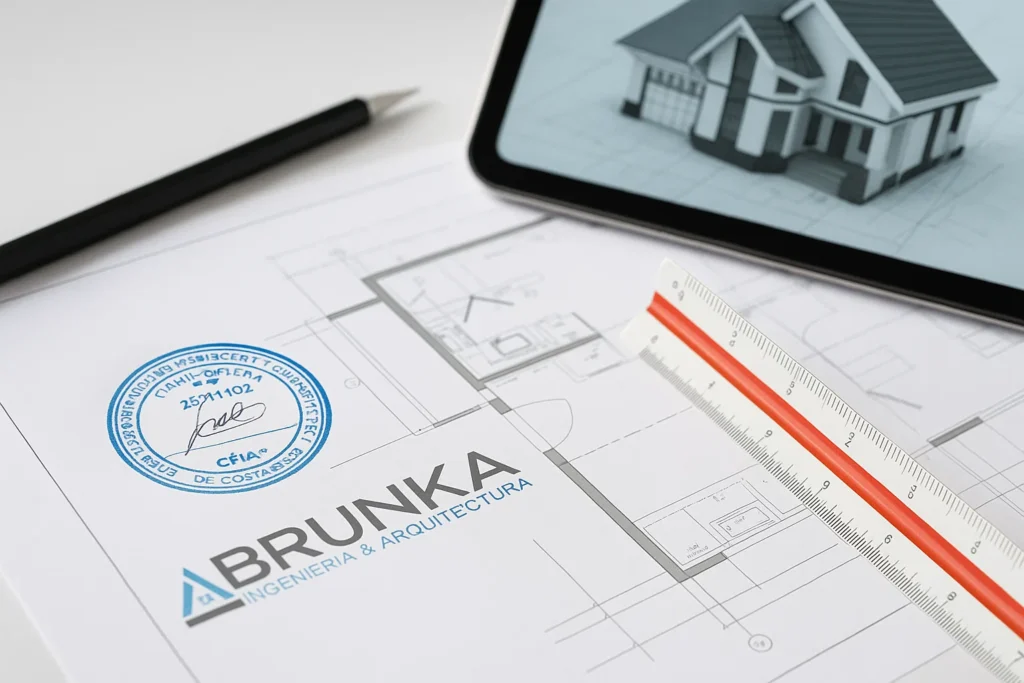
We provide detailed renderings, structural calculations, and specifications to ensure your project meets local standards while reflecting your design preferences and budget.
5. Incorporate Passive and Sustainable Design
Costa Rica’s tropical climate provides excellent opportunities for eco-friendly architecture. We incorporate passive design techniques—like cross-ventilation, extended eaves, and natural lighting—to reduce reliance on air conditioning and artificial lighting. Solar energy, rainwater harvesting, and native landscaping are also commonly integrated into our designs to meet environmental goals and reduce utility costs.
Sustainability isn’t just a trend here—it’s a standard. Our commitment to green building practices helps you contribute positively to Costa Rica’s ecological values.
6. Plan for Budget, Timeline, and Permits
The cost to design and build a home in Costa Rica varies widely based on size, complexity, and location. Construction typically ranges from $900 to $1,800 per square meter for high-quality finishes. You should also account for permits, taxes, utility connections, and contingencies (10–15%).
We create realistic timelines and budgets from day one, and help manage expectations by walking you through every stage—from design to CFIA approval to groundbreaking. Our project management team keeps your project on schedule, even when you’re not in the country.
7. Visualize Your Future Home with 3D Modeling
For foreign clients who can’t be onsite regularly, visualization is key. We provide full 3D architectural models and virtual walkthroughs so you can experience your design remotely. This helps identify issues early and ensures alignment with your aesthetic vision and functional needs.
Nothing brings peace of mind like seeing your future home take shape—even if you’re thousands of miles away.
8. Why Choose Brunka Architects & Engineers
With decades of combined experience in residential architecture and engineering in Costa Rica, we specialize in working with international clients. Our bilingual team streamlines the process, eliminates guesswork, and handles every detail—from concept to construction.
Whether you’re building in the Central Valley, on the Pacific coast, or in the lush Southern Zone, we help bring your dream home to life—beautifully and legally.
Frequently Asked Questions
Do I need to be in Costa Rica to start the design process?
Not necessarily. Many of our clients begin the process remotely. We coordinate virtual meetings, site visits, and approvals through a streamlined workflow.
Can I use my own architect from abroad?
You may collaborate with a foreign architect for concept design, but only a CFIA-certified architect and engineer can submit plans for permits in Costa Rica.
How long does the design and permitting process take?
Depending on complexity and location, allow 2–4 months for design and permitting before construction begins.
Do you help with construction too?
Yes. We offer full construction supervision and project management to ensure your design is executed to plan.
-
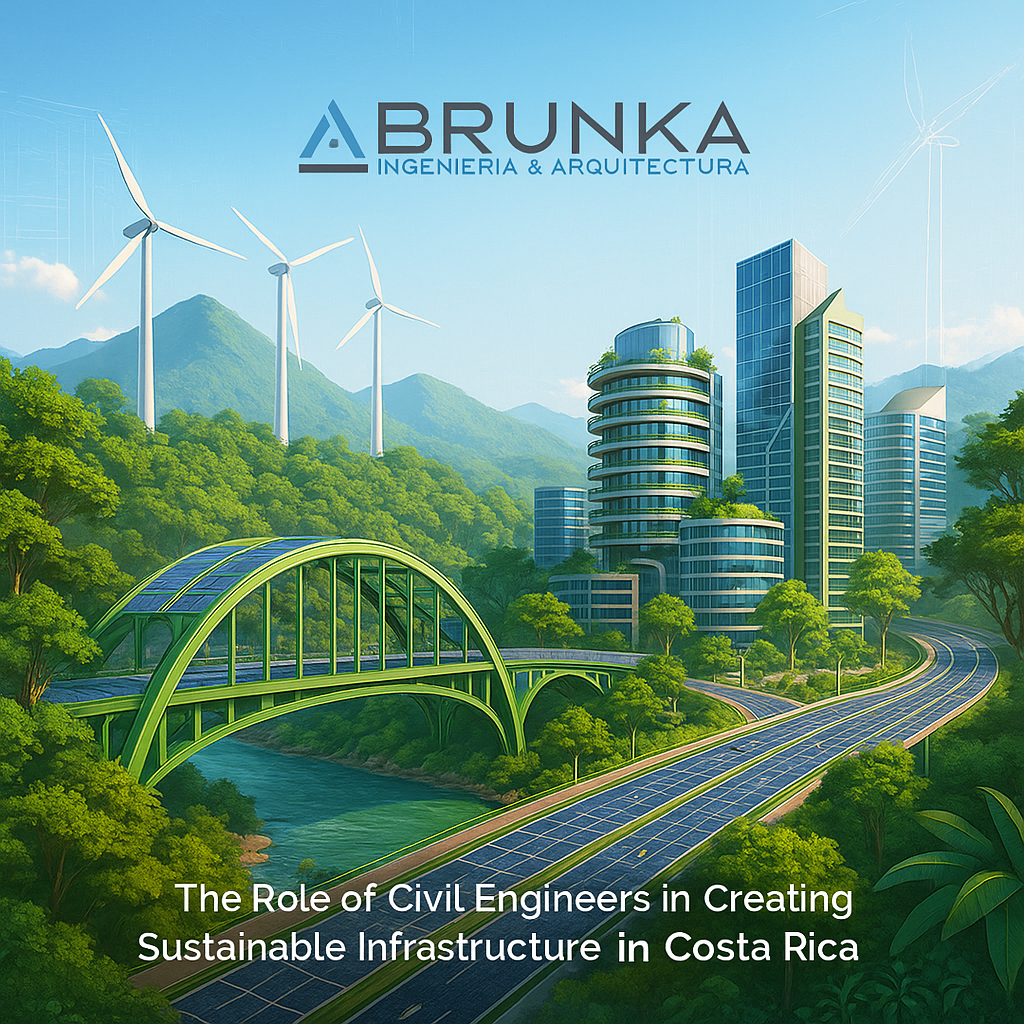
The Role of Civil Engineers in Creating Sustainable Infrastructure in Costa Rica
-
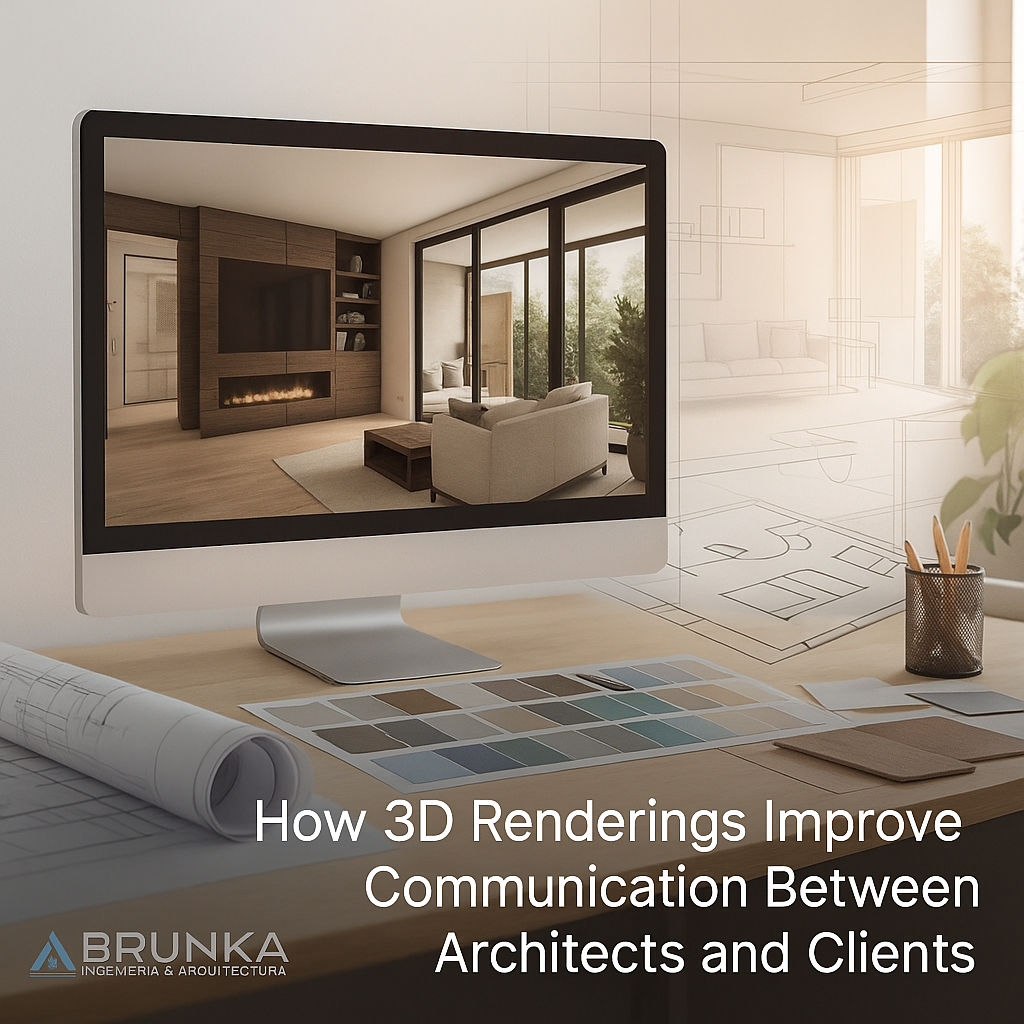
How 3D Renderings Improve Communication Between Architects and Clients
-
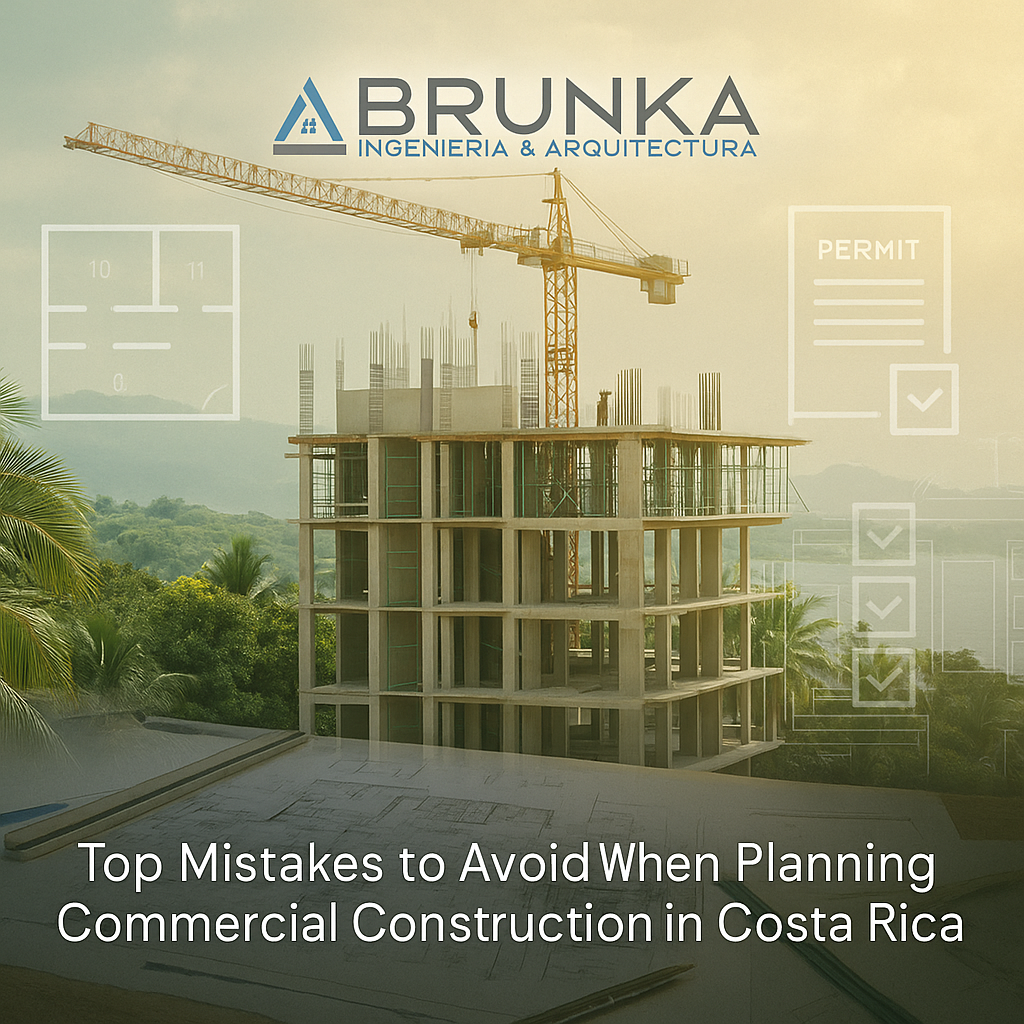
Top Mistakes to Avoid When Planning Commercial Construction in Costa Rica
-
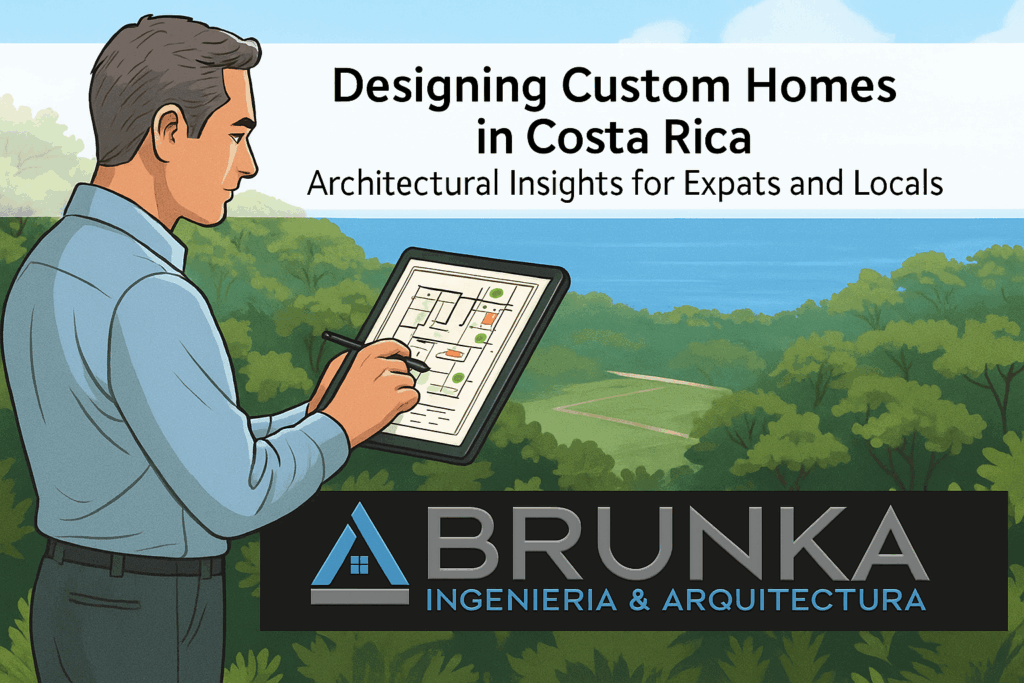
Designing Custom Homes in Costa Rica: Architectural Insights for Expats and Locals
-
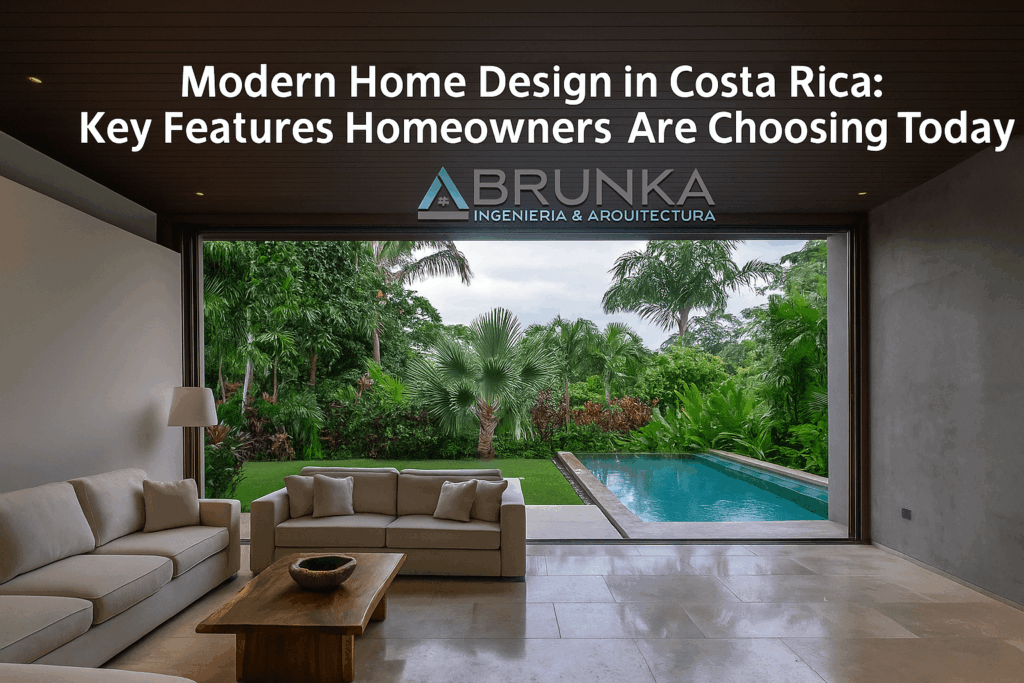
Modern Home Design in Costa Rica: Key Features Homeowners Are Choosing Today
-
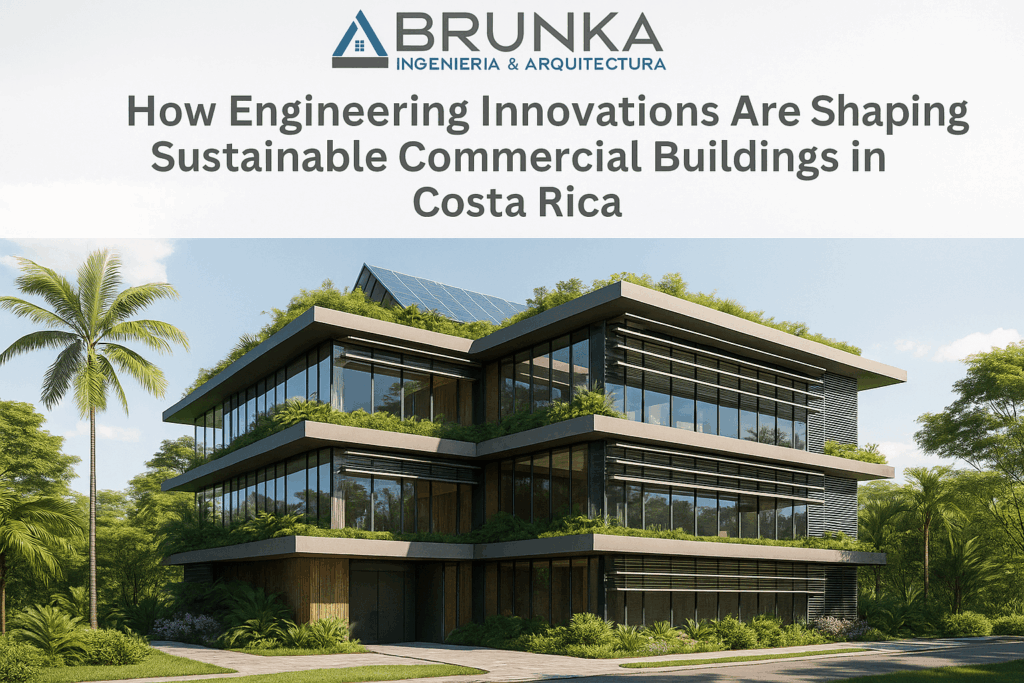
How Engineering Innovations Are Shaping Sustainable Commercial Buildings in Costa Rica



